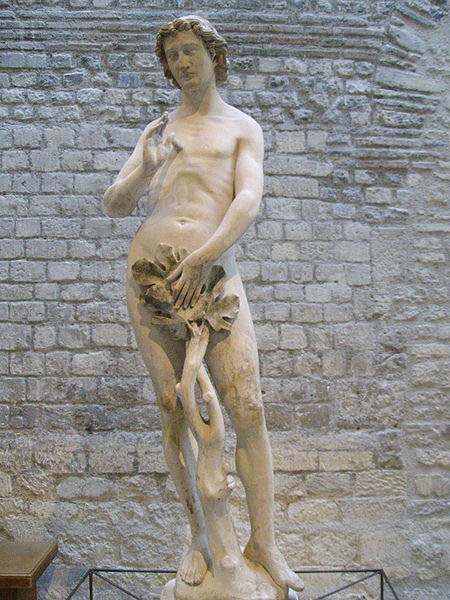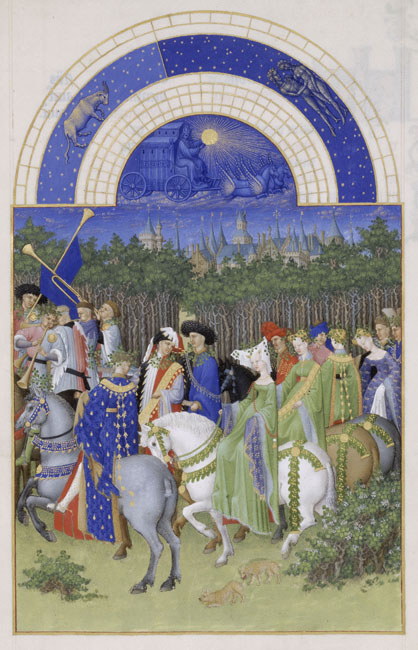Gothic
Download PDFFollowing the Roman style, the Gothic style covers a vast period from the 12th century to the 15th century. In France, this style started in the Ile de France region and then spread to the North of the Loire.
Gothic architecture is especially defined by an ongoing emphasis on height and verticality, luminosity through large windows and large spaces. The use of architectural elements enables the material consecration of these aesthetic and spiritual searches. Thus the use of the pointed arch (also called an ogive-shape), the arch with crossed ogive shapes, bustresses and flying buttresses, enabled builders to construct monumental cathedrals that create the sense that God is still on earth.
In France, the first true “Gothic” building was built by Abbé Suger around 1135: during the period when many Abbey's were built, it is still there today, but is now known as the Basilique de Saint- Denis.
Following this same style, the Cathedral of Notre-Dame in Paris was built around 1163, and the Cathedral of Notre-Dame in Chartres was built around 1194. As well as the cathedrals in Cluny, Troyes, Strasbourg, Bourges, Angers...
Sainte Chapelle was built by Saint Louis on the Ile de la Cité in Paris and housed relics of the Passion of Christ. It was the last Gothic architecture to be made.
Hoping to achieve a superb luminosity in their buildings, the builders prioritised making large windows, contrasting with the style of roman architecture. The large windows were covered with exquisite, colourful stained glass, which explains the high amount of stained glass we see in all religious buildings, such as Notre-Dame in Chartes and Notre-Dame in Paris. The famous Gothic rosette also appeared on the front of different cathedrals.
Closely linked to the architecture by through its almost permanent use, sculpture also experienced a Golden age during the Gothic period. It was almost exclusively about a monumental sculpture (decorating the monuments) and a large majority of sculptures today are made out of stone. The representation of the human figure is very natural, such as the representation of Adam that originally decorated the Cathedral of Notre-Dame in Paris and which is kept today at the National Museum of the Middle Ages in the Cluny Hotel in Paris.
Illumination had its hours of glory during this long period, notably due to the success of Books of Hours for the private use of world leaders. The very rich hours of Duke of Berry, kept at the Condé Museum of Chantilly, still remains the most well known Book of Hours in the world written during the Gothic period.














